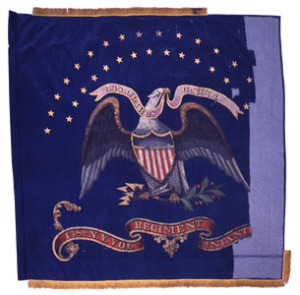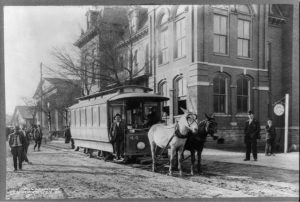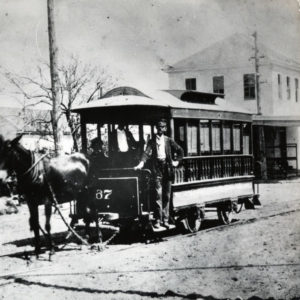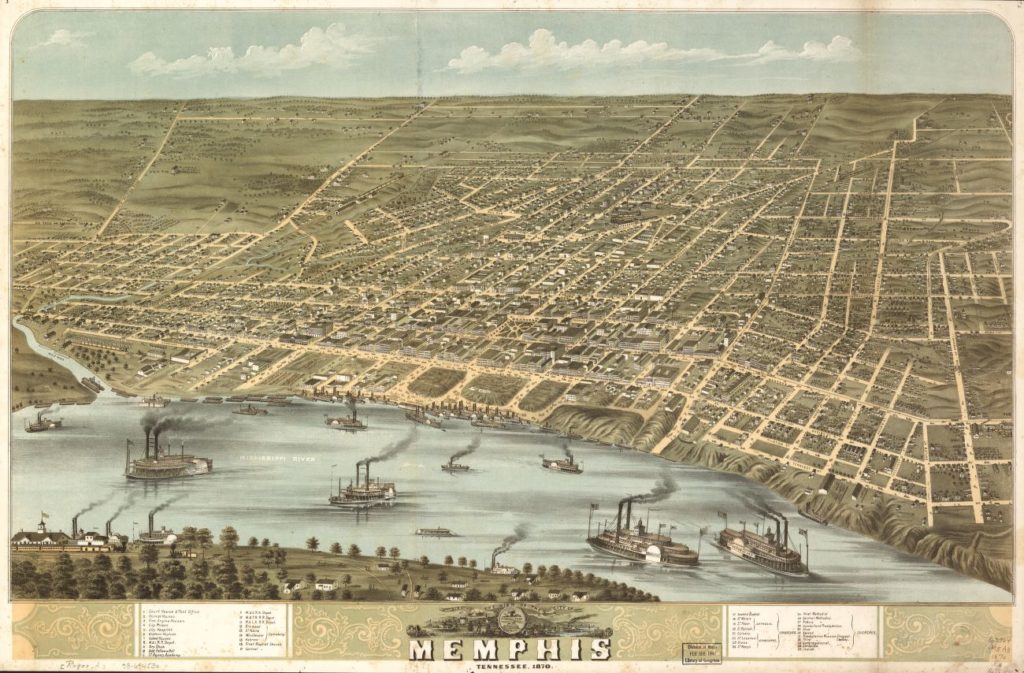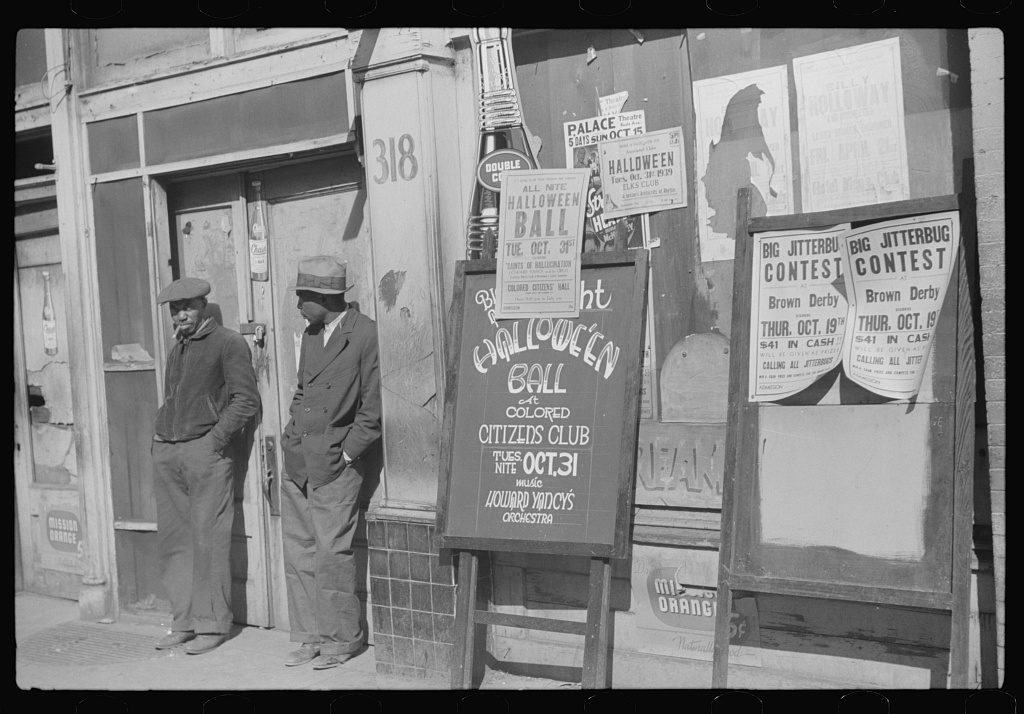One of the the things I remember from the American Civil War’s 150th anniversary is that the New York 148th Infantry Regiment experienced trench warfare during the 1864 Overland Campaign. 150 years ago this month the regiment’s first colonel was working on infrastructure construction down South.
From a Seneca County, New York newspaper in April 1866:
DOWN IN TENNESSEE. – Col. Wm. Johnson, of this village [Seneca Falls], is down in Memphis, Tenn., building street railroads. We have before us the Memphis Avalanche of the 5th inst., which says the cars will be running from one end of Main street to the other by the first of May.
William Johnson organized the 148th as a three-year regiment in late summer 1862. He was discharged a little over a year later.
Thanks to Google and Arcadia Publishing I found some backup for the Seneca County clipping: “The first street railway system, developed in 1866, initially consisted of mule-drawn streetcars. An electric streetcar was introduced in 1891 …” I was surprised by the concept of animal-powered streetcars, but horsecars were an improvement on city omnibuses which had a slow bumpy ride over cobbled or unpaved city streets: “The minimal friction of steel wheels on steel rails (or iron on iron) allowed a horse to pull a larger load and make better time than he could with a road vehicle.” I haven’t seen any Memphis horsecars, but here are a couple other examples.
In the above bird’s eye view from 1870 I can make out Main Street and what looks like mule or horse-drawn conveyances on rails. Main Street is two or three blocks from the river and sort of parallels it.

